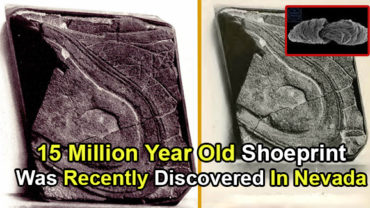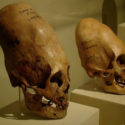Ancient Aliens Shared Similar Knowledge About Gods And Vehicles Among Different Cultures
Have you ever wondered why ancient cultures all around the world share so many similarities? Simultaneously, scientists and scholars say there is no proof of the ancient link between the cultures of Africa, America, Europe, and Asia.
Despite these claims, several archaeologists hold opposing viewpoints on the matter.
Numerous antiquities in South America bear significant resemblances in design and construction style to African antiquities or antiquities from other parts of the world.
Is it just a coincidence that these parallels exist? Is it feasible that all of these ancient cultures received the same information from a single source? Aliens likely shared the same knowledge with other societies around the world in ancient times, causing a spike in the development of ancient civilizations.
The best illustration is how the gods of diverse cultures, such as the Olmecs, Aztecs, Egyptians, and Mori from New Zealand, are shown similarly.
La Venta Stela 19 and the Ancient Olmecs
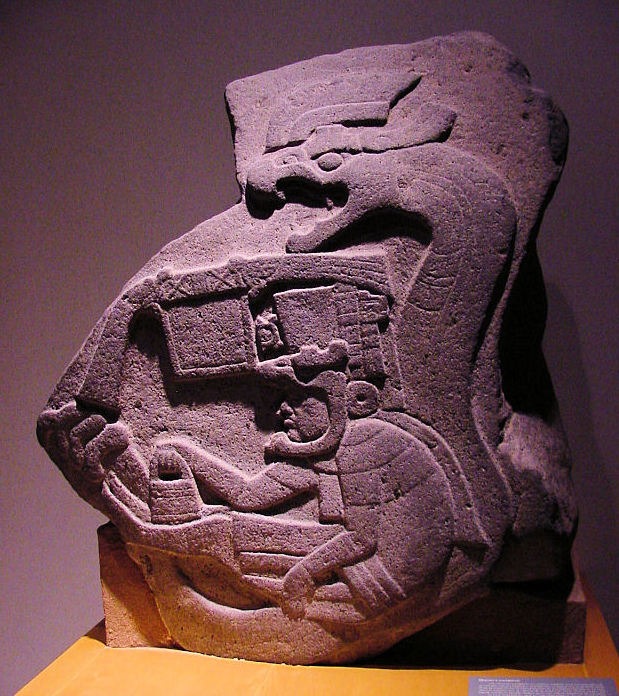 The earliest known image of the famed Feathered Serpent, the god featured in many Mesoamerican religions, is thought to be an Olmec stele called “La Venta Stele 19.”
The earliest known image of the famed Feathered Serpent, the god featured in many Mesoamerican religions, is thought to be an Olmec stele called “La Venta Stele 19.”
The feathered serpent was known as Kukulkan (Maya) or Quetzalcoatl (Aztecs) or Kukumats in ancient Mexican cultures (Quiche). This god claimed to have come from heaven and brought humans immense knowledge. Underneath the name Tlahuizcalpantecuhtli, Quetzalcoatl was frequently identified with the “Morning Star” (Venus).
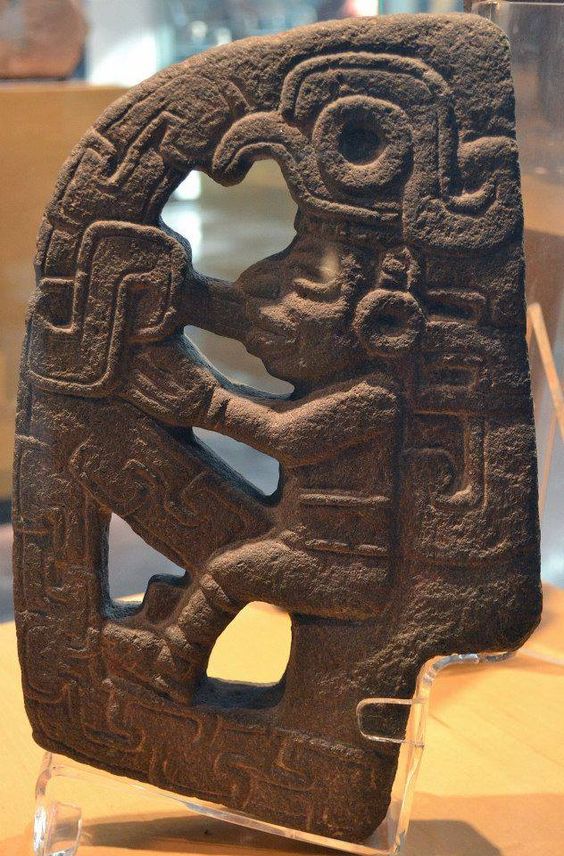
The Olmecs were one of America’s earliest civilizations, and Monument 19 from La Venta contains not only the first known picture of the Feathered Serpent but also a strange image of a humanoid figure sitting in a vehicle or chair and appearing to be driving it. Other civilizations, on the other hand, have practically identical representations.
Legends about the Maori god Pourangahua
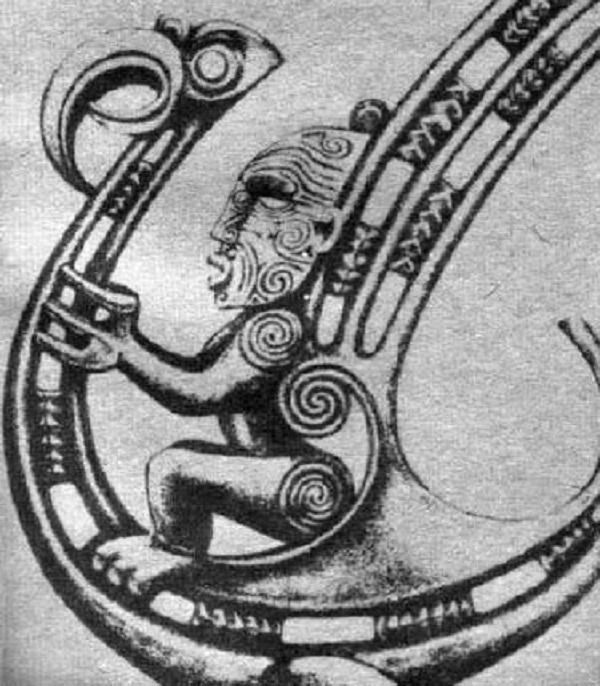
The god Pourangahua went away from his abode on a flying device known as Hawaiki, according to Mori legend (New Zealand). This ancient god dropped from the heavens on a silver item, according to mythology.”
The words attributed to the god Pourangahua can be found in an ancient Maori prayer:
“I arrive, and beneath my feet lay an unknown soil.” When I arrive, new heaven appears above me. I arrive on this planet, and it is a calm haven for me. Greetings, planets’ spirits! As a nutrition, the stranger humbly offers you his heart.”
When we compare the two pictures of the Feathered Serpent from ancient Mesoamerica with the Maori god Pourangahua, we can see that they are nearly identical.
What gives this is possible? Is it just a fluke? But there’s more to dispel our skepticism.
Hapi was an ancient Egyptian god.
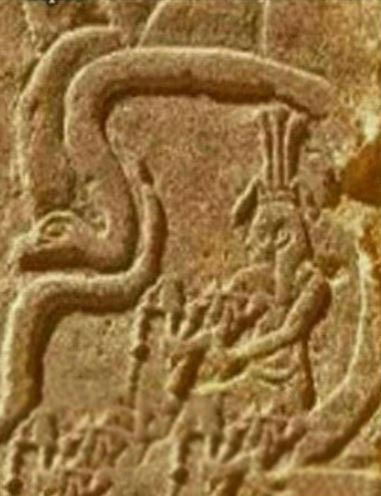
The ancient Egyptian god Hapi is shown on a stele as “the father of the gods.” Hapi is the god of the Nile river and a fertility emblem in Ancient Egyptian religion. Hapi was also frequently shown as having blue or green skin, which scientists believe indicates water. The representations of the Feathered Serpent in Mesoamerica and the divinity Pourangahua in Maori tradition are very similar.
Returning to Mesoamerica and referring to Mayan artifacts, another artwork depicting King Pakal sitting inside a bizarre machine may be found. Many ancient astronaut theorists believe that during takeoff, King Pakal is sitting in some form of the spaceship and pulling the levers.
0When it comes to old alien beliefs, the sarcophagus of King Pakal is one of the most debated topics. This drawing was first brought to the public’s notice by renowned ufologist Erich von Daniken many years ago, and it has piqued people’s interest for decades.

